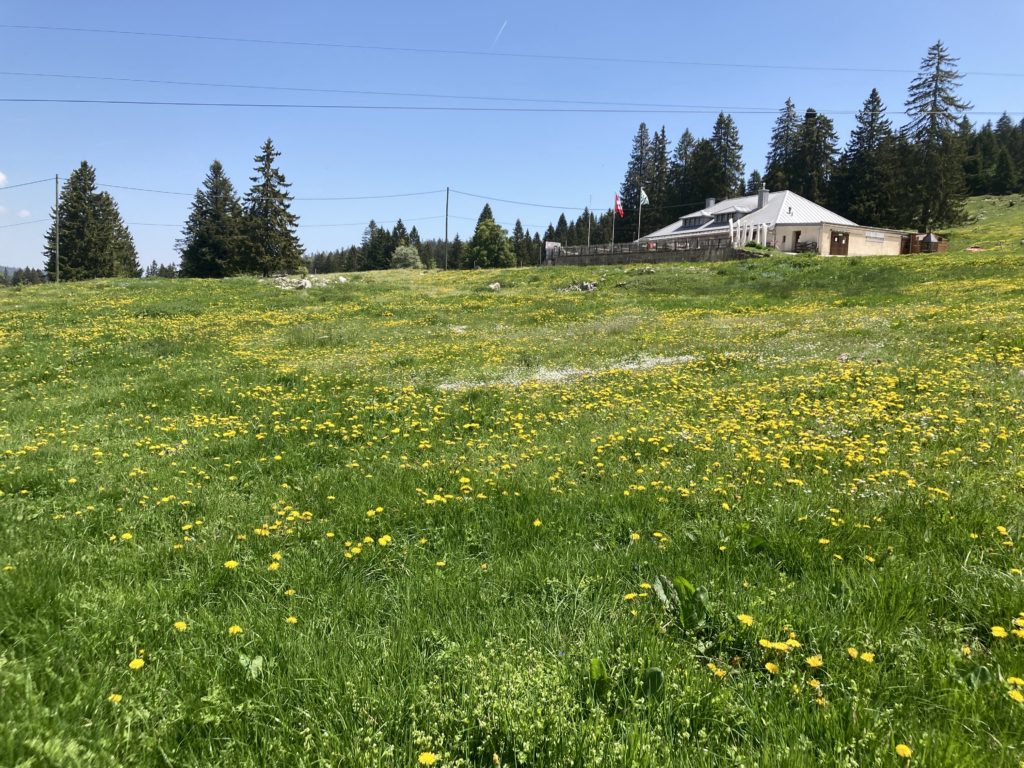Time Spent being Social
Who do you spend the most time with?
Before the pandemic, it would have been the climbing, hiking and diving friends. I would meet them every week, year round. it was a strong group of peopla and I liked to see them.

Adventure Groups
It is with this group of people that I went for weekend hikes, experimented with rock climbing, via ferrata and took up regular scuba diving. Not a single weekend would pass without the weekend being a holiday. A friend said that the Sunday dive was a break from the routine. His diving became a routine. A decade on he is still diving every week.
The Pandemic Decline
During the pandemic the number of people I spent time dwindled. No more weekend trips, no more going to conferences. With the pandemic solitude has become the norm. I spend time with online communities but with the commercialisation of FB and IG they’re practically dead. Twitter was good, until Musk bought it, and now it is no longer a social network.
Enjoying Solitude
Although this is alien to most, I like solitude. I like solitude because it doesn’t remind me of what my life isn’t. It reminds me of what I would like to have, if things were different. I am in a situation where solitude is more pleasant than being with crowds, especially married people with children.
Although it is an alien concept to many I like solitude. I like to do things, have adventures and more. I am happy with the life I have. I am happy until people fall into relationships and people don’t head home to solitude.
The Cost of Introversion
Introversion has a cost. The cost is that we’re not necessarily the most open hearted, the most interested in competing to talk. We are not compelled not to be invisible. We are invisible because we do not compete for attention. As an introvert, in the wrong group. whether you go out every week, or not, makes no difference. In a group the introvert might as well not be.
The Small Group
At some point neighbours, all married, with children, want to meet. I don’t want to. My happiness is based on making progress with my projects, and being happy with my life. When I am around people that remind me of what my life isn’t, through passive realities, I feel discontent, rather than happiness., I don’t want to be reminded of what I am struggling to achieve.
A Social Introvert
In the right conditions I am an ambivert. I do enjoy conversations. It’s in the wrong conditions that I am invisible. For the first year and a half of the pandemic I was desperate for life to return to normal. When Berset et al decided that vaccines alone were enough I was condemned to never-ending solitude.
People think the pandemic is over, but not the solitary ones, not the introverts, not the people that socialise via sport. One of the sites I used to use to socialise is almost dead now, due to the pandemic. I could and should use meetup or similar sites. I should return within society, but the pandemic isn’t over.
And Finally
If I ignore covid, pretend that COVID is over, to be social, but then I fall sick with Long COVID then I will be all the more lonely. I will have gained nothing by compromising on my morals and ethics. We’re in strange times, for introverts.










